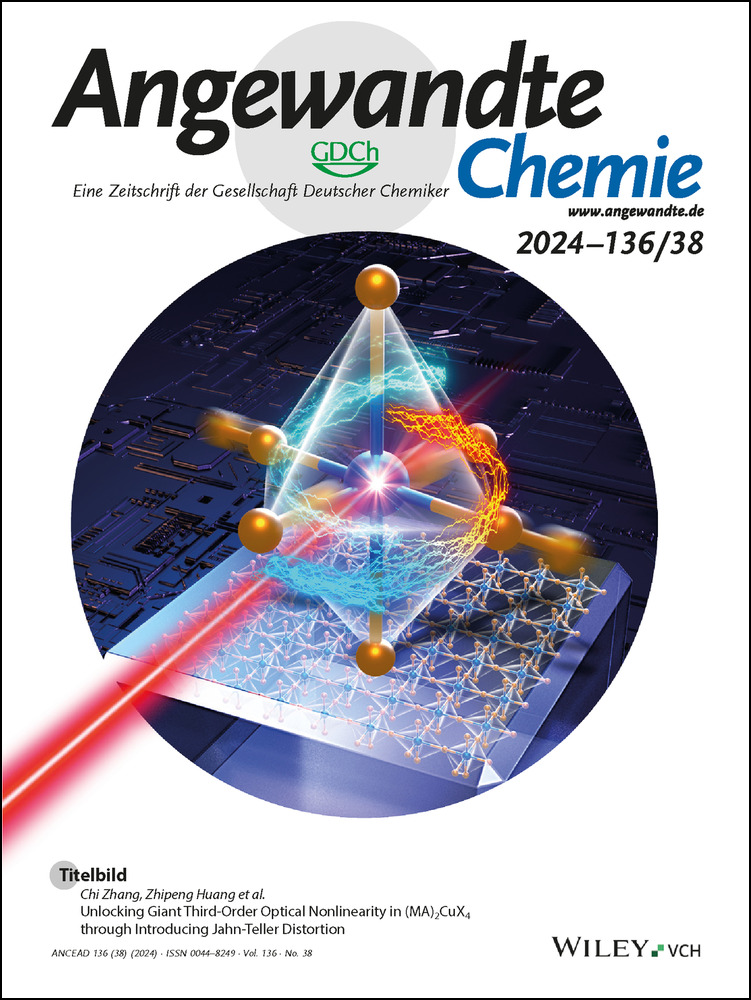Structural Fine-Tuning to Achieve Highly Fluorescent Organic and Water-Soluble Thiazolo[5,4-d]thiazole Chromophores
Abstract
Fluorescent molecular systems are important for various applications such as sensing of analytes, probes for biologically relevant processes and as optoelectronic materials. Achieving high fluorescence quantum yield across the spectrum of solvent polarity and in solid-state is challenging in molecular materials. Herein, we present a strategy to achieve strongly fluorescent molecular materials based on weak intramolecular charge-transfer (ICT) in a family of unsymmetrical donor-thiazolo[5,4-d]thiazole-acceptor systems (both neutral and cationic). Detailed photophysical studies reveal that the delicate balance between the donor and acceptor result in high solution-state fluorescence quantum yield (>80 %) in both polar protic and apolar solvents. Quantum chemical computations uncover a hitherto unappreciated insight that the extent of ICT is aptly represented by the change in Mulliken charges between the ground and excited state for different fragments rather than the classical approach of monitoring the change in dipole moment for the entire molecule. This insight rationalizes the observed photophysical properties and can have implications in the design of tuneable donor-π-acceptor systems.
Open Research
Data Availability Statement
The data that support the findings of this study are available from the corresponding author upon reasonable request.




